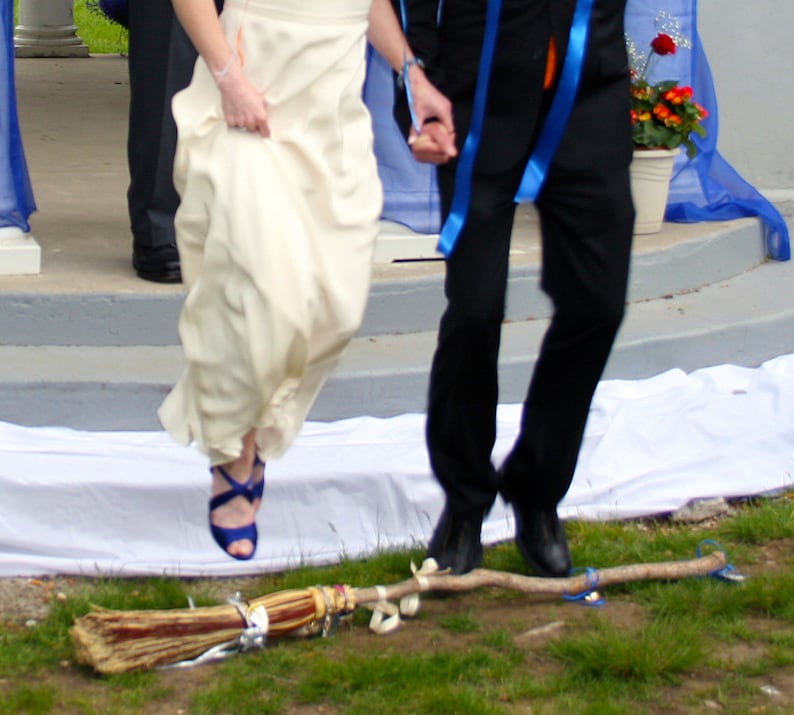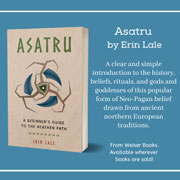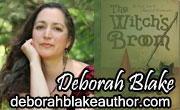Taking “articulate action” as a thumbnail definition of ritual, let us consider the wedding.
Two people enter separately and leave together.
That says something.
Say “wedding,” and I strongly suspect that most of us envision the standard “church” model: The bride is the star. Groom and assembly wait in place, bride enters in procession. Rites are enacted. Couple leaves together. I've seen the same trope in synagogue weddings, too.
This form marks a union of individuals.
But what if we consider weddings in the older sense: not just as the union of two individuals, but as the union of two families?
What if we rethink the wedding tribally?
Here's what I would envision, then: two—let's keep to two, for now, for simplicity's sake—groups of people converging from opposite directions, one clustered around the bride, the other clustered around the groom.
(For clarity's sake, I'll say “bride” and “groom” here, but the same would pertain for two grooms or two brides.)
They meet in the middle, the rites are enacted, and the party begins.
Let the two be one.

















